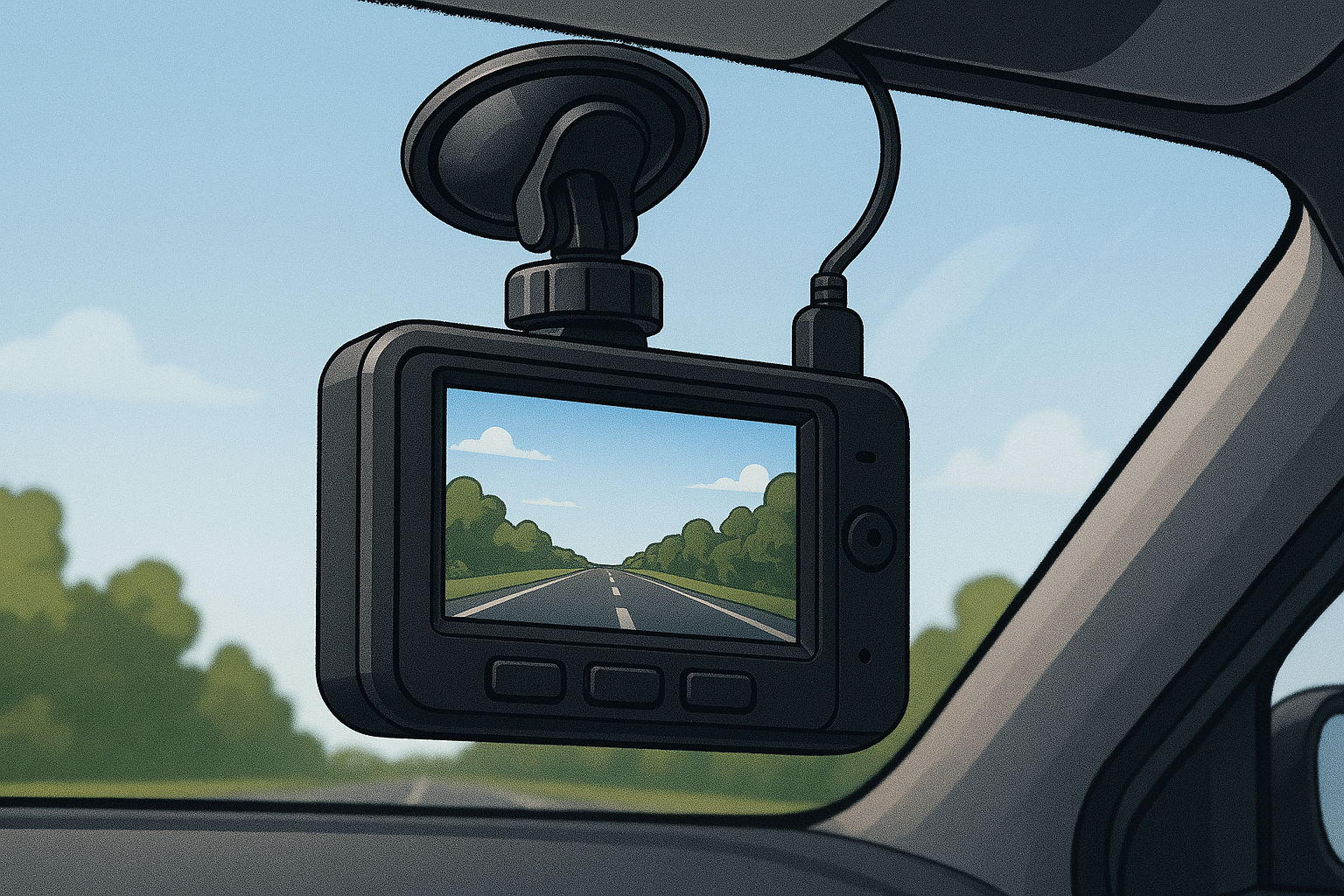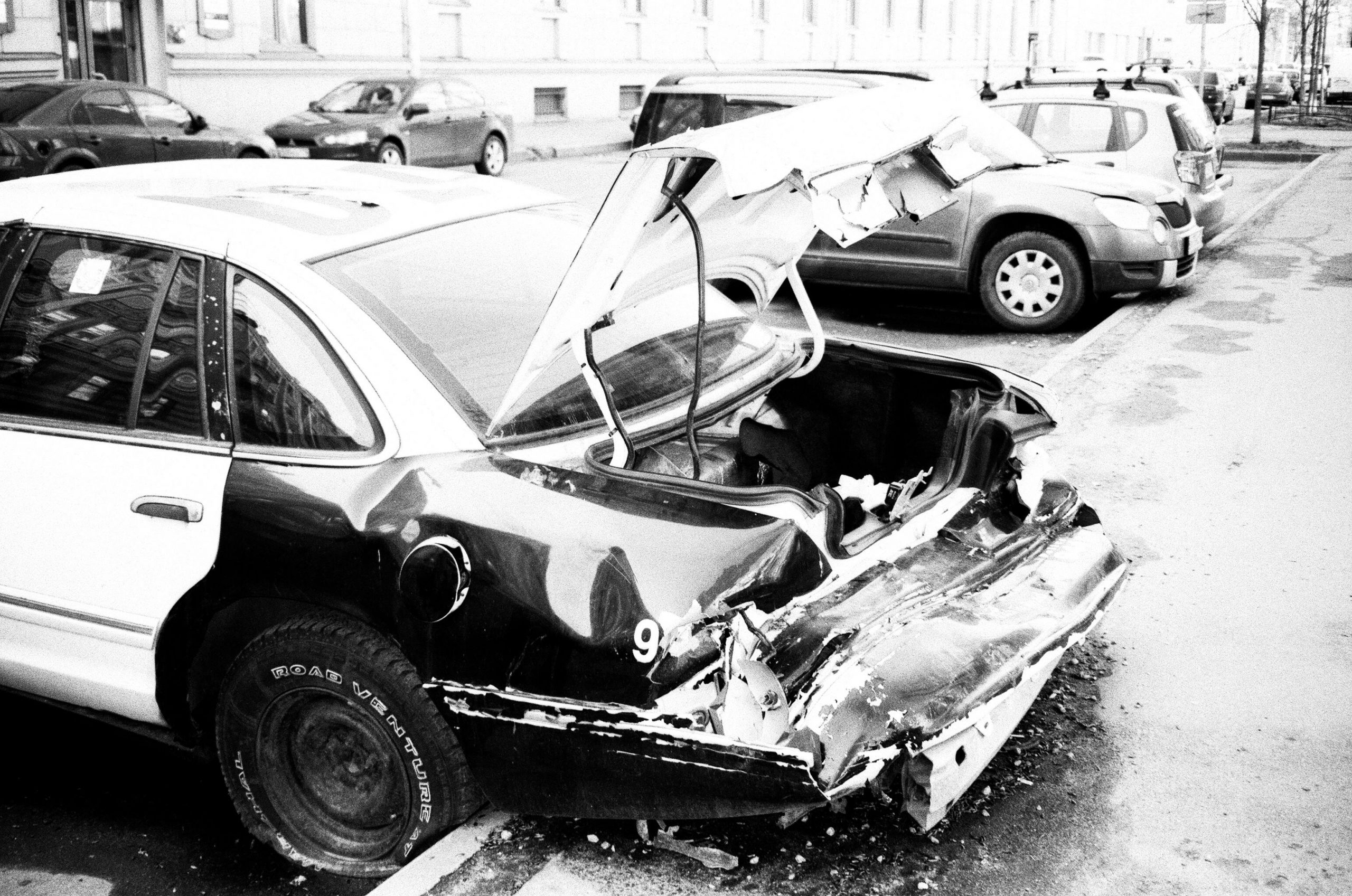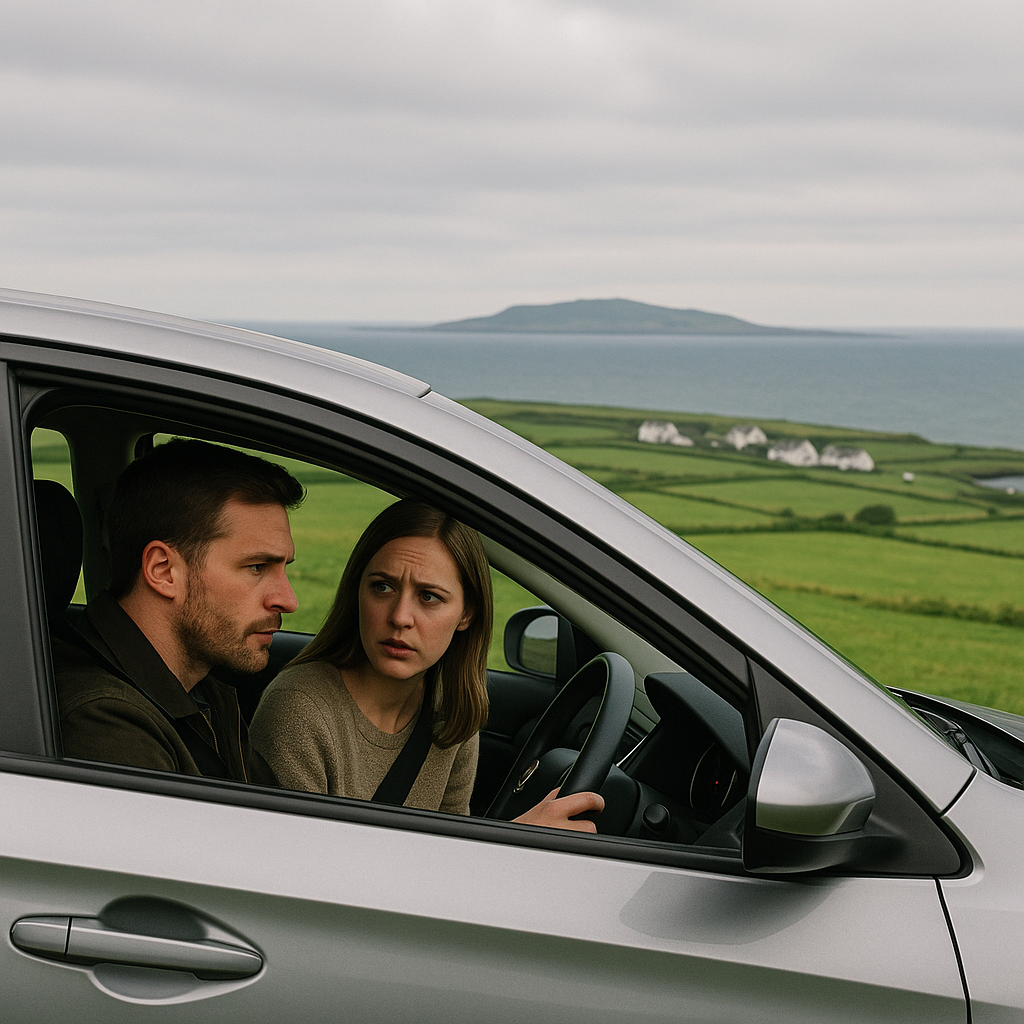In this recent decision of the High Court in Northern Ireland, Lloyd v RSA Insurance, McLaughlin J considered a claim arising from a damage-only road traffic collision. His commentary provides sound guidance on issues such as vehicle roadworthiness, mitigation of loss, and reasonableness. Whilst liability for the collision was not in dispute, the judgment is instructive for insurers and defence solicitors managing credit hire claims Northern Ireland and the Republic of Ireland.
Circumstances
A parked Mercedes owned by the Plaintiff Mr Lloyd was struck by an Education Authority vehicle, was insured by RSA.
Mr Lloyd used the services of AH Assist, an Accident Management company, that provided him with the usual services following a non-fault accident i.e. replacement vehicle, storage etc.
Once the matter was litigated, the Plaintiff presented the following heads of claim;
- £12,100 for the pre-accident value of the vehicle;
- £43,122 in credit hire charges (149 days at £288 per day);
- £8,010 in storage charges (253 days).
Unsurprisingly, reasonableness and mitigation of loss were the key issues, specifically the extent of damage, i.e. whether the vehicle was beyond economic repair, and whether continued hire and storage charges were reasonable in the circumstances.
Considerations of the Court
-
Was the vehicle beyond economical repair?
The plaintiff’s motor assessor, Mr Carvill, initially estimated repair costs at just over £9,700 (including items marked “subject to confirmation”), placing the figure narrowly above 80% of the Pre-Accident Value. On this basis, Mr Carvill was of the opinion that the vehicle was beyond economical repair.
His estimate of the repair costs was based on assumptions about whether certain items were actually damaged and would need replaced. Because his conclusion regarding the economics of any repairs relied on the total potential repair costs, any change in those assumptions could have significantly influenced the decision to proceed. Therefore, a definitive assessment of those specific repair items was essential to justify the decision not to carry out the repairs—and to support the continuation of hire charges in the meantime.
As the evidence made clear however, if that had been done, it would have established that not all of the potential repairs were necessary and that it was economically viable to repair the car. On his own figures, the true value of the repairs was something in the region of £6950.00 inclusive of VAT. The significance of this reduction was that the cost of repairs was just 57% of the vehicle’s pre-accident value. On that basis, the judge found that the vehicle was in fact economically repairable using Mr Carvill’s own 80% threshold calculation, which was not challenged.
-
Was the vehicle Roadworthy?
Mr Carvill’s stated that the vehicle, at the time of inspection on 4th January 2024, was not roadworthy due to a dislodged bumper panel, potential damage to the bumper bar and issues with the boot lid not closing.
The Plaintiff however had presented his vehicle for MOT inspection on 2nd January 2025, which was two days prior to Mr Carvill’s inspection. The Plaintiff gave evidence that he used duct tape to secure the bumper panel. Most importantly, the vehicle passed inspection.
The defendant’s expert, Mr Douglas, gave contrasting evidence to Mr Carvill’s: the bumper remained fixable in three out of four points, the boot operated normally, and there was no evidence of significant structural damage.
The judge considered the MOT certificate strong evidence of roadworthiness and concluded that the plaintiff had in fact failed to discharge the burden of proving otherwise.
-
What is the purpose and significance of a vehicle test certificate
The statutory framework governing the requirements for vehicle inspection and certification is contained in a combination of Part 3 Road Traffic (Northern Ireland) Order 2003 and Motor Vehicle Testing Regulations (Northern Ireland) 2003 [S.R.2003/303].
Article 61(2) of the 2003 Order empowers the Department to make Regulations prescribing the requirements for inspection and certification of vehicles. The current Regulations are the Motor Vehicle Testing Regulations (Northern Ireland) 2003 [S.R.2003/303].
- Regulation 4 provides that, for the purposes of Article 61(1)(b) of the 2003 Order, the condition of the vehicle “should not be such that its use on a road would involve a danger of injury to any person, having regard, in particular to the items described in Schedule 3.” Collectively, these are known as the “condition requirements.”
- Schedule 3 contains a list of vehicle components which must be considered during an inspection. The list includes: “wheels and hubs”; “suspension system”; “bumpers”; “wings”; “body”; and “doors, locks and hinges”, all of which feature in the list of items damaged or potentially damaged in this case.
- Regulation 12 provides for the examination by the Department of vehicles and for the issue of a test certificate, if it is found that the condition requirements and the statutory requirements are met. If they are not met, a Notice of Refusal must be issued
Assessment of Credit Hire and Storage
McLaughlin J took a measured view of the credit hire arrangements. He did not accept the Defendant’s submission that the key issue was whether or not the car was unroadworthy on the date the hire commenced. He did not consider that the claim was limited to such a ‘binary assessment.’
“The jurisprudence of these courts is replete with examples of cases in which the reasonableness of the fact, rate or duration of post-accident credit hire/repair arrangements has been challenged by defendants. What is also clear from the authorities is that the overriding principle against which these issues should be assessed is restitutio in integrum – ie. that compensation should be measured, as best as possible, to match the reasonably foreseeable damage which actually flowed from the accident, together with consequential losses reasonably incurred. Where a plaintiff has entered into a credit hire or credit repair arrangement, the assessment should be made by considering the matter from the perspective of the plaintiff and the reasonableness of the steps which were taken (or were not taken) by the plaintiff in the aftermath of the accident.”
Applying those principles to this case therefore, he determined that it was initially reasonable for the plaintiff to take prompt action in the aftermath of the accident and arrange a replacement hire vehicle pending an engineer’s assessment. For reasons unknown, AH Assist supplied the vehicle to the plaintiff on 23rd December 2023 but did not begin charging until 2nd January. If hire charges had accumulated, they would have been reasonably incurred.
He did not however consider it reasonable for the plaintiff to continue the hire arrangements after this period in light of the successful MOT inspection. It was the opinion of the Department’s inspectors, on 2 January 2024 that the condition of the plaintiff’s vehicle was such that its use on a road did not “involve a danger of injury to any person.” That conclusion was reached following an examination of those parts of the car specified in Schedule 3. As a result, the fact that the car had been certified by independent departmental inspectors as capable of being used without risk of injury to “any person”, the certificate in the judge’s view, pointed clearly to the conclusion that the car was roadworthy on that date.
Furthermore, he was not satisfied with steps taken by AH Assist after Mr Carvill’s report. He believed that that the failure to follow up on the conditional findings of said report, particularly to confirm whether certain repairs were needed – rendered the continued hire and storage arrangements unreasonable.
“On behalf of the plaintiff, no evidence was called from a representative of AH Assist to explain the actions which it took (or did not take) following receipt of Mr Carvill’s report. Since the economic viability of conducting repairs was entirely dependent upon confirmation of whether some of the repair items identified by Mr Carvill were in fact necessary, this omission is of considerable significance to the claim. Mr Carvill’s evidence was that he was not instructed to carry out a further inspection. It is not therefore clear whether any consideration was given to this issue at all by AH Assist. I have no evidence as to whether AH Assist undertook any efforts to arrange for the car to be repaired, notwithstanding the authorisation which the plaintiff appears to have provided… The only evidence was that the hire arrangements continued until terminated unilaterally by Mr Lloyd. One obvious inference is that AH Assist simply proceeded on the erroneous assumption that the car was beyond repair and therefore continued the hire arrangements while awaiting compensation proposals from the defendant insurer, with charges mounting in the interim period. Whatever the explanation for events following receipt of Mr Carvill’s report, it is clear that the car was not repaired by AH Assist or anyone instructed by them.”
As a result, the judge limited recovery to:
- 7 days of hire charges representing time for the damage to be assessed, report to be discussed with the Plaintiff and repairs be carried out (£2,016)
- 17 days of storage charges (£510)
The claim for £43,122 in hire was therefore reduced by over 95%.
Repair Costs
Whilst the plaintiff had claimed for the pre-accident value of the vehicle, the Plaintiff had in fact chosen to repair the car at a private garage using second-hand parts of his own accord using his own funds. He paid £6,720 in cash, which the court accepted as the appropriate measure of loss.
What If Impecuniosity Had Been Pleaded?
It is worth considering whether the outcome in Lloyd v RSA Insurance would have been different had the plaintiff pleaded impecuniosity. In McCauley v Brennan, another judgment involving credit hire claims in Northern Ireland, Keegan J awarded the full hire period of 455 days to a single mother on benefits, accepting that she had no realistic means to pay for repairs or excess charges upfront. The court was satisfied that the plaintiff acted reasonably throughout, even in the face of substantial hire costs, and placed weight on the insurer’s delays and the practical realities of her financial position.
By contrast, in Clarke v McCullough, the Court of Appeal took a stricter line, reducing the credit hire award by half because the plaintiff who was not impecunious had the means to pay for repairs but failed to act on them. The court was unimpressed by the advice of the accident management company in that case and emphasised the need for plaintiffs to make reasonable financial choices where they have the ability to do so.
Its therefore reasonable to suggest, had impecuniosity been properly pleaded and proven in Lloyd, the court may well have approached the extended hire period differently and assessed the reasonableness of continuing hire charges differently.
This Judgment makes it clear that had the court been asked to decide the case on the roadworthiness of the plaintiff’s vehicle alone, it would have found the Plaintiff had not discharged the burden of proof to establish the car was unroadworthy. That said, the judgment also repeatedly stated that in this case and other cases involving credit hire claims Northern Ireland, the roadworthiness of the vehicle was not the single or decisive issue.
“Credit arrangements involving rental or repair rates which are higher than non-credit arrangements may also be reasonable on the facts of the case, particularly if the plaintiff can demonstrate impecuniosity or that it is otherwise unreasonable to expect that he/she should fund the costs of hire/repair from personal resources or make a claim under their own comprehensive insurance policy.”
What this means for Credit Hire Claims in Northern Ireland
This decision reaffirms several principles that will be familiar to insurers and their legal representatives:
- The existence of a valid MOT certificate is compelling evidence of roadworthiness. In a similar vein, a failed MOT examination will be prima facie evidence that a vehicle is not roadworthy. In all cases Defendants should proactively obtain MOT records when defending hire claims.
- Plaintiffs, and any AMCs acting on their behalf, if their terms allow, have a duty to act on conditional engineering reports and to take timely steps to investigate whether a vehicle is repairable. It is not reasonable to continue credit hire arrangements by reason of a failure to take reasonable steps to mitigate the continuing loss and to ascertain whether the vehicle was capable of economic repair.
- Credit hire claims must be scrutinised with reference to actual needs and efforts to mitigate, not assumptions or defaults. The court was willing to dissect day-by-day reasonableness of hire and storage. Insurers can successfully reduce claims by showing that a reasonable plaintiff would have acted differently.
At Lacey Solicitors, we act for insurers across both Northern Ireland and the Republic of Ireland. For more information or strategic advice on resisting inflated vehicle damage or credit hire claims, contact us using our online portal and speak with Ruaidhrí Austin, Partner in charge of Credit Hire Litigation.
















